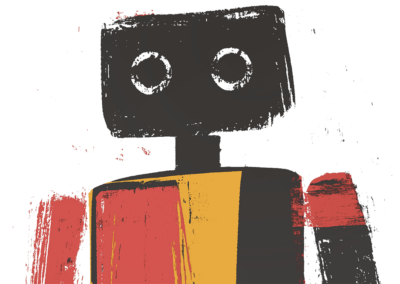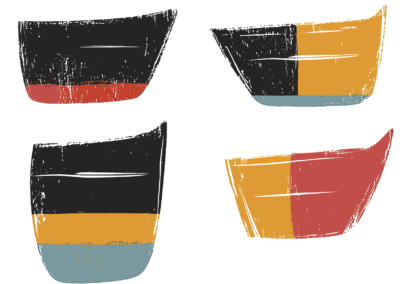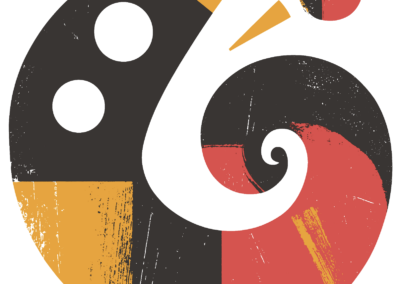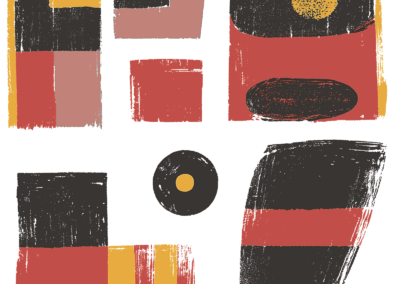Thoughts
Opinions, musings and provocations
Some things we think about the world of digital words and pictures. Always Contentious, occasionally contentious.

In an AI-infused world, organisations’ content can feel more like a relentless stream than the basis for a mutually supportive relationship. There are many ways in which organisations can get off the automated content conveyor belt and become more human.

Digital transformation has fundamentally changed many things. But content-led change could be the way to create more human, more effective purpose-driven organisations.

There are many ways to organise your bookshelves: alphabetical by author, by size, by the colour of the spine, by whether you want it to appear behind your head on a video call…

The web is brimful of reports that nobody reads. With time and money, some of these could be turned into excellent long-form content that would reach and engage more people.

The flotsam and jetsam of abandoned microsites and neglected, out-of-date pages float in a flood of content that threatens users and organisations.

When we facilitate intellectual and emotional engagement, we encourage action. Using content strategically moves us beyond clicktivism to something more substantial, and therefore more effective.

A good bookshop is full of books that inform but also books that entertain, move, or frighten. They make you laugh, they make you cry, they make you see the world in a new light. This isn’t the way most would describe the web.

There’s a whole world of content where efficient information transfer isn’t the end goal. There’s a world of content where understanding is important. Where contemplation and thoughtfulness are key.

Why content chunks are better than pages… Atomic design changed the way people thought about web design. Brad Frost and others made people see that designing smaller, reusable components made more sense than starting with whole-page layouts.
Subscribe
Our monthlyish emails feature content-related things we’ve found/created/thought that are useful, beautiful or interesting. Or even all three.
Useful, beautiful, interesting
We combine dazzling examples of content brilliance and invaluable content tools with innovative ideas for a better content future. And occasionally we throw in content frustrations, just to get things off our chests.
Sign up to be inspired and/or to improve your systems and processes.
You can easily unsubscribe at any point.